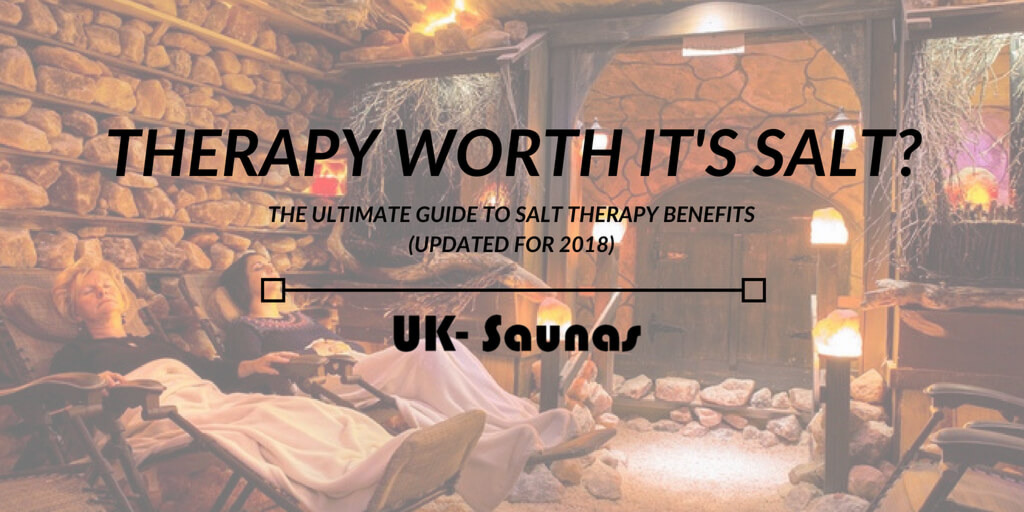The Ultimate Guide to Salt Therapy Benefits (Updated)
Editors note: This article was recently updated so the information provided represents the latest and most accurate findings, as of June 2019.
Terms like 'trend' and 'fad' paint the picture of something dishonest or ephemeral; rooted in myth and important for a few seconds in the grand scheme of things, only to turn irrelevant all but immediately after.
With hard science to back it up and a history of positive results dating as far back as the teachings of Hippocrates, to call the benefits of salt therapy anything but the real deal is to show you don't really know much about salt therapy at all.
Whether you do or don't know much about this treatment then, we produced this ultimate guide as a resource to enlighten amateurs and authorities alike. After extensive research and analysis, we believe this teaches you everything you need to know about salt therapy, the process, the science and all those benefits.
More...Contents
Chapter 1: What is Salt Therapy / Halotherapy? - where we break down exactly what Halotherapy/salt cave therapy is. Chapter 2: Ancient and Natural Treatment - where we discuss the history and different forms of this therapy. Chapter 3: Health Benefits of Salt Spa Treatment - where we cover all the different benefits of this treatment. Chapter 4: Salt Caves (Natural and Artificial) - where we debate the differences between natural and artificial salt caves. Chapter 5: Who Should Use Salt Spas? - where we detail who can benefit from salt spas the most. Chapter 6: Salt Therapy at Home - where we explain how you can enjoy the benefits of salt therapy from home. Chapter 7: Other Alternative Treatments to Try - where we suggest other alternatives to salt therapy, like infrared saunas. Chapter 8: Make the Best of Halotherapy - where we use our experiences to discuss how you can maximise the benefits of Halotherapy. Chapter 9: FAQ - where we answer questions we frequently see asked.What is Salt Therapy/ Halotherapy?
Firstly, let’s break down the basics of salt room therapy. Formally known as halotherapy, its name is derived from the Greek word halo, meaning ‘salt.' It is a form of alternative medicine that uses the benefits of salt for naturally treating various diseases and conditions. So, how does salt room therapy work? In a nutshell, these are the main steps:- Specialists heat pure, dry salt in a halogenerator.
- The halogenerator grinds and crushes the salt into microparticles.
- The resulting dry salt aerosol is dispersed in the salt room.
- The particles are then inhaled, and the skin also benefits from direct exposure.

Ancient and Natural Treatment
Even though halotherapy might be all the rage these days, it certainly isn’t a modern breakthrough. Uses of salt for alternative healing date back to ancient times, with people seeking help in salt caves and mines - even if the exact science behind their salt therapy treatment wasn't clear to them. As far back as then, halotherapy was still appreciated for its natural qualities.
Chronic respiratory disorders or severe skin conditions are far more than just a health issue. Not only do they require extensive treatment, but the healing process can also involve harsh medication with harmful substances. By no means are we suggesting to replace medication with this type of natural treatment, but rather use them hand in hand for wholesome healing. Read more below to understand the bigger picture.
A) A Brief History of Salt Caves
For centuries on end, salt caves had been used for patients suffering from chronic disorders, especially those of a respiratory origin. Even the Father of Medicine Hippocrates supported the benefits of salt steam, while salt was commonly used in ancient Rome, Egypt or Greece for their healing properties when tackling issues of the following natures:- Antibacterial
- Anti-inflammatory
- Antimicrobial
- Disinfectant
- Mucolytic
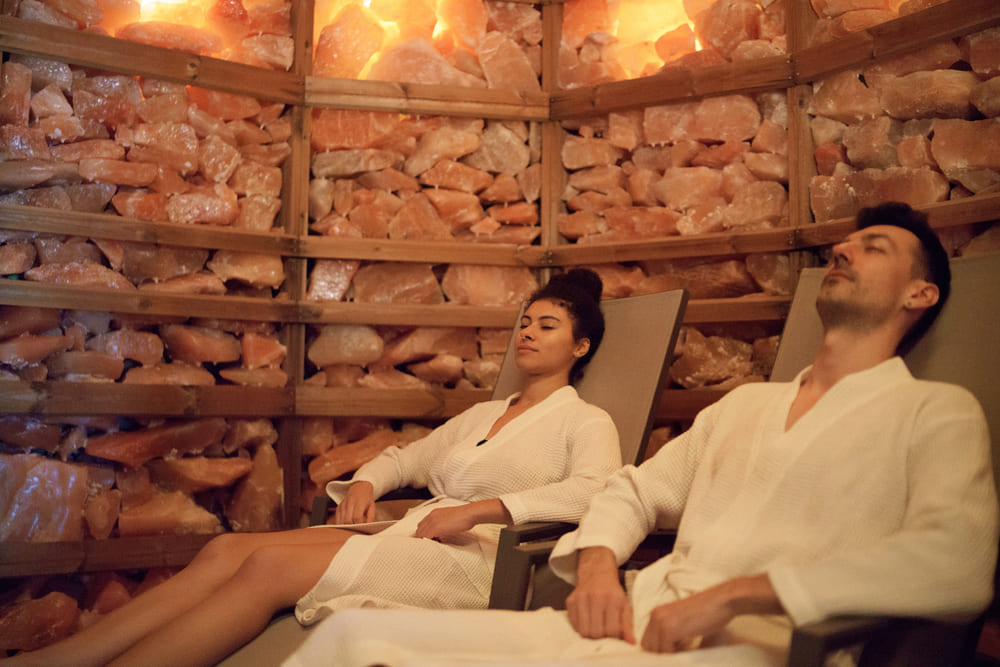 An example of what you may find when trying salt therapy.
He expanded on the subject and presented his conclusions in About the Breathing of Salt Dust, published in 1843. This is also the same place that the first official salt clinic was installed in during the same period.
An example of what you may find when trying salt therapy.
He expanded on the subject and presented his conclusions in About the Breathing of Salt Dust, published in 1843. This is also the same place that the first official salt clinic was installed in during the same period.
B) The Different Forms of Salt Therapy
The U.S. Salt Therapy Association identifies two main types of salt therapy: wet salt therapy and dry salt therapy. The former can be found in forms such as:- Salt Baths
- Nebulisers
- Salt Scrubs
- Saline Solutions
- Salt Cave
- Salt Chamber
- Salt Room
- Salt Grotto
- Salt steam room

Health Benefits of Salt Spa Treatment
Possibly the main reason why salt room therapy has grown in demand is its spread of awareness. More and more of the general population has accessed resources that talk about the plethora of medicinal benefits of a salt cave spa. The issues that salt room therapy can treat are extremely diverse; from mild ailments to chronic conditions, halotherapy can have a massive impact on the life of a person in pain. One example of that wider coverage can be found below, where esteemed medical professional Dr. Oz can be found raving about salt therapy and it's benefits on American television. While halotherapy can be beneficial for virtually any individual, here are the main issues it can aid in healing:Respiratory Disorders
- Asthma
- COPD (Chronic Obstructive Pulmonary Disease)
- Chronic Bronchitis
- Allergies
- Sinusitis
- Smoker's cough
- Pneumonia
- Allergic Rhinopathy
Skin Conditions
- Acne
- Neurodermatitis
- Psoriasis
- Rashes
- Eczema
Infections
- Bronchial Infections
- Cold or Cough
- Sinus Infections
- Flu
- Ear Infections
- Rhinitis
- Viral infections
Stress-related issues
- Stress
- Depression
- Headaches
- Lethargy
- Fatigue
A) Salt Room Therapy for All Ages
You have learned by now that salt room therapy is an effective alternative for adults. However, is halotherapy safe for children as well? One of the top benefits of this natural treatment is that it is 100% safe for young ones, even infants under 12 months of age. It is actually recommended that kids are exposed to salt room therapy for both preventing injuries and avoiding antibiotics and other strong medicine.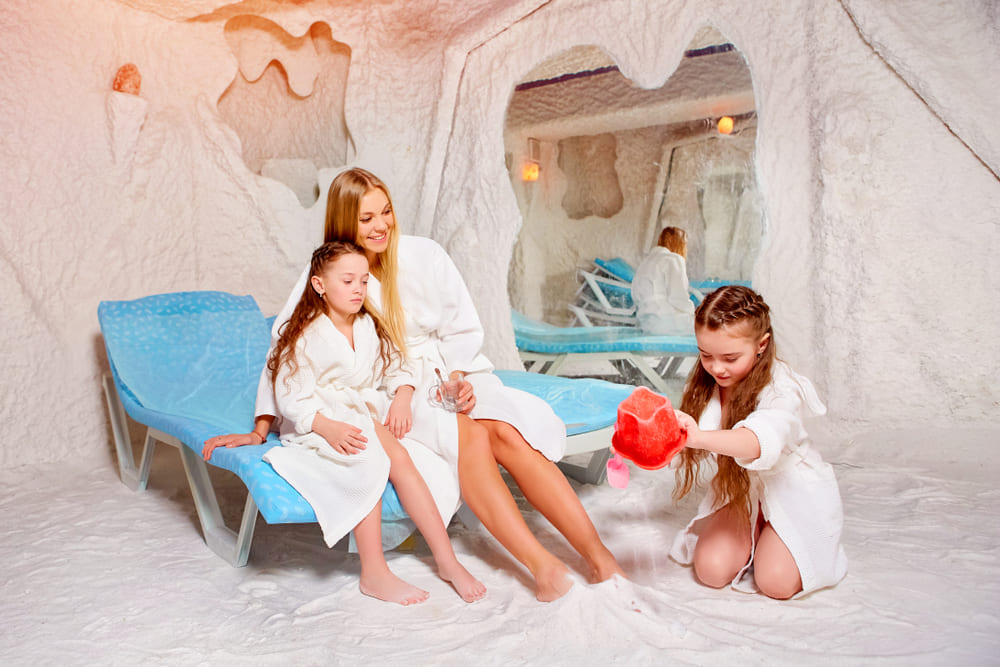 Children enjoying salt therapy - there are truly no age limits.
Children enjoying salt therapy - there are truly no age limits.
As a parent, you don’t need to worry about the safety of your child regarding halotherapy. Even more so, many salt rooms around the world provide means of entertainment for children during sessions to prevent boredom. It is a healthy, soothing and safe activity that the entire family can enjoy.
B) Effective Against Respiratory Diseases
While salt room therapy can work for all the aforementioned health issues, it is particularly potent in fighting respiratory conditions. Those with such disorders or those who have close ones suffering from them know how painstaking the symptoms are and how frustrating the lack of results can get. Nevertheless, this is where salt room therapy steps in. The Lung Institute cites several studies that have shown the effectiveness of halotherapy for 97% of bronchitis cases, 85% of mild or moderate asthma patients and 75% of those with severe asthma. In addition, a study published in ‘Pneumologia’ in 2007 reported that dry salt inhaler therapy could be beneficial for the quality of life of COPD patients. Conclusions published in the European Respiratory Journal also report that inhaling saline aerosol supports the clearance of mucus in both patients with and without asthma.Salt Caves - Natural and Artificial
As we briefly presented earlier on in our guide, there are natural salt caves (for speleotherapy) and artificial ones (for halotherapy). The salt room therapy process we also outlined refers to that which the patient experiences during halotherapy, also known as active salt room therapy. Inside Namakdan, the largest salt cave in the world.
A few benefits that active rooms might have over passive rooms are:
Inside Namakdan, the largest salt cave in the world.
A few benefits that active rooms might have over passive rooms are:
- Controlled environment
- Direct and focused inhalation
- Comfort
- Himalayan
- Dead Sea
- Caribbean
- Rock Salt
- Mediterranean
- Temperature
- Humidity
- Wind speed
- Atmospheric pressure, etc.

Who Should Use Salt Spas?
Literally, any person can benefit from a salt spa. From young children up to senior citizens, halotherapy and speleotherapy alike can prevent illness or bring relief to those in need. Adults most commonly use this alternative medicine but also niches like athletes to boost performance. Even if you don’t partake in exhaustive physical activities, salt cave therapy can simply help you relax and unwind. Do you live here? Then salt therapy can help you. Image source: Live Science
Do you live here? Then salt therapy can help you. Image source: Live Science
Individuals experiencing high levels of stress can benefit from halotherapy just as much as those with respiratory issues. Even people with severe skin disorders like eczema or psoriasis can enjoy the soothing and healing effects of this treatment. While salt room therapy shouldn’t be used as the sole method of treatment for serious conditions, you can speak with your doctor about your specific case.
Individuals experiencing high levels of stress can benefit from halotherapy just as much as those with respiratory issues. Even people with severe skin disorders like eczema or psoriasis can enjoy the soothing and healing effects of this treatment. While salt room therapy shouldn’t be used as the sole method of treatment for serious conditions, you can speak with your doctor about your specific case.
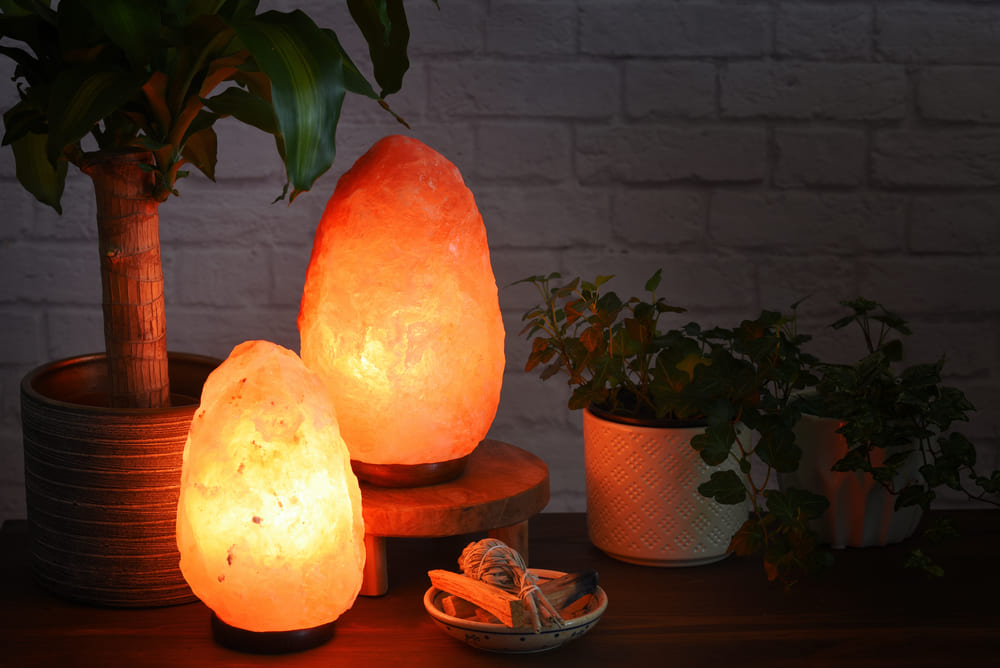
Salt Therapy at Home
Even though you can participate in speleotherapy or halotherapy sessions, you might not always be able to due to various causes. In this case, you can benefit from mild salt therapy from the comfort of your own home. In an unprofessional environment, wet salt therapy is used for cleansing, gargling and disinfecting. These are some of the most common instruments and methods for home salt therapy:- Gargle – Salt water gargling is common for the natural treatment of coughs, colds or sore throat. The homemade solution consists in ½ teaspoon of salt added to a glass of lukewarm water (250 ml.). Stir well until the salt dissolves and then gargle for a few minutes before spitting the mixture.
- Neti pots – This tool is typically used for sinus rinses, allergy treatment and generally clearing your naval cavity from mucus and various debris. It works with salt water, which can be either bought or made at home. If you plan on making your own solution, you need to use sterile or distilled water. You can boil tap water for 5 minutes and wait until it cools down to a warm temperature.
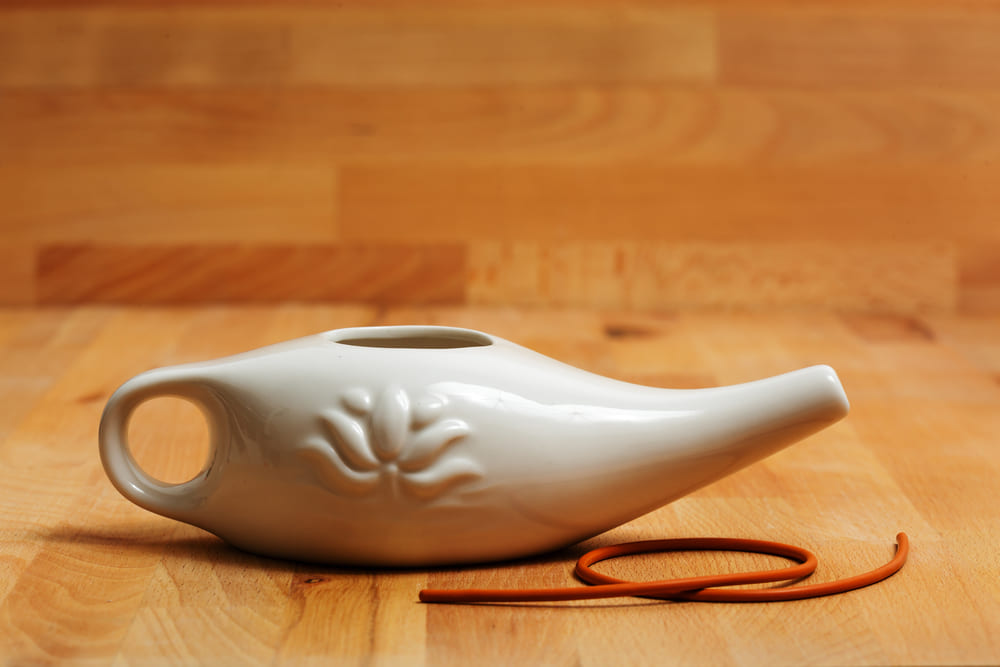
- Sole – Drinking water that has been infused with natural salt is known as sole. Use Himalayan or Celtic salt (among several other solutions) to make sole at home. Add 1-2 cups of the natural salt to a glass jar until about ¼ of it is filled. Pour filtered water to cover the rest of the jar. Cover the jar, shake a bit and leave it in room temperature until the following morning. To consume, add 1 teaspoon of sole to a glass of water every morning before breakfast.
- Salt exfoliation – If you want to clear your skin of dead cells that might trigger or aggravate a condition, you can try making your own salt scrub. However, if your condition is severe, make sure you ask a medical professional before applying an abrasive like salt. When making a salt scrub, it’s important to use a natural moisturiser like coconut oil. Combine 1 cup of sea salt, 1 ½ tbsp. of coconut oil, 4 tbs. of coconut milk and use to exfoliate.

Other Alternative Treatments to Try
Even though salt room therapy is highly recommended, there are a few more options that are right around the corner. Both indoor and outdoor saunas can have a tremendous impact on your overall health, similar to halotherapy. One of the best parts about saunas is that they aren’t only available at your local spa, but you can also get one at home for frequent use. In addition to saunas, you can also look into steam rooms. While both saunas and steam rooms provide wonderful relaxation, one is dry (sauna), while the other is wet (steam room). There are plenty of benefits and options for both, which we will speak more about below. Saunas provide similar benefits and are a great alternative if there are no salt rooms/caves near you.
Bring on the heat to enjoy radiant results. Saunas have plenty of benefits that can be absorbed in just a matter of minutes. Among the numerous perks that saunas bring, here are some highlights:
Saunas provide similar benefits and are a great alternative if there are no salt rooms/caves near you.
Bring on the heat to enjoy radiant results. Saunas have plenty of benefits that can be absorbed in just a matter of minutes. Among the numerous perks that saunas bring, here are some highlights:
- Muscle relaxation
- Stress relief
- Illness treatment and prevention
- Skin cleanse
- Detoxifying
- Weight loss
- Cardiovascular benefits
- Blood pressure balance (infrared saunas)
- Endurance boost
- Immune system strength
A) Traditional
Traditional saunas come in many different sizes and shapes, suitable for 2, 3 (indoor or outdoor) or even 5-6 people. What makes them different from modern infrared saunas is that they have higher temperatures and steam. Furthermore, traditional saunas are usually used at spas or for outdoor purposes. Traditional saunas are far hotter, with temperatures that range from about 65 to 85 degrees Celsius. Also, it usually takes more time for traditional saunas to heat up – anywhere from 30 to 40 minutes prior to bathing. It is recommended that you spend between 10 and 15 minutes during a traditional sauna session.B) Infrared
Infrared saunas, on the other hand, have the same benefits but with different technical details. There are options available for 1 person, or 2, 3 (plus a corner variety) or 4 people. By comparison, infrared saunas are drier and require lower temperatures. The heat in infrared sauna deeply penetrates the body without causing you to feel visibly overheated."When my body goes into a spasm, one thing I find really helps is infrared saunas." - Lady Gaga, on how infrared saunas help her physical issues (Source: Instagram)The heat in infrared saunas is usually cranked up to 48-60 degrees Celsius. While traditional saunas require half an hour to be prepared, an infrared sauna can reach 37 degrees in just about 10 minutes. Even though you should usually spend the same amount of time in an infrared sauna as you would in a traditional one (10-15 minutes), you can extend your session to 20-30 minutes, depending on the temperature.
C) DIY Aspen Infrared Sauna
It’s easier to build an infrared sauna than you probably would have thought, provided you have the right materials. Follow these instructions to successfully assemble one:- Put the sauna base in the place you’d like it to be.
- Hold the rear wall against the sauna floor in the appropriate position.
- Put the side wall in place and insert the tongue into the groove located on the rear panel.
- >Secure the latch clips from the side wall.
- Add the heater and bench support in the suitable places on the side wall.
- Put the other side wall into place, locking the latch clips.
- Do the same with the front wall.
- Gradually lower the ceiling / top, pulling the cables through the designated holes.
- Plug in, get in and enjoy.
D) Steam Rooms
As we mentioned earlier, steam rooms are a lot moister than the average sauna. The latter uses heated rocks, while a steam room functions with a steam generator. The device boils the water until it turns into steam and then disperses it in the room. Humidity reaches almost 100%, owing to the fact that steam rooms are securely closed. One of the major differences between saunas and steam rooms is that the aforementioned solution is far less hot. Steam rooms can get as hot as 43-48 degrees Celsius at the most. Nevertheless, the great humidity will make your body feel just about the same. Moreover, steam rooms don’t necessarily provide the seating and comfort that a sauna does, but the final results will be quite similar.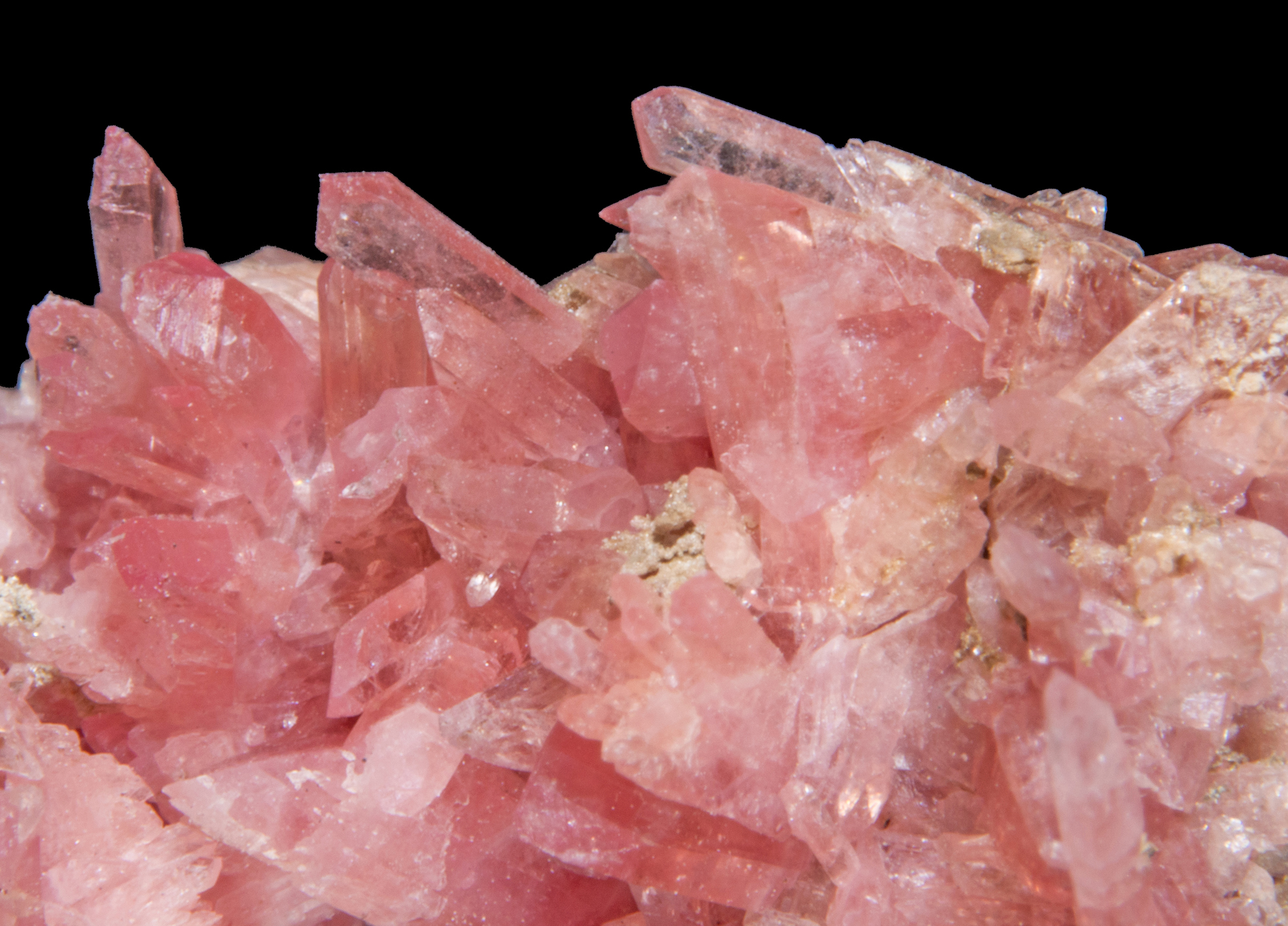
Make the Best of Halotherapy
As a final note, salt room therapy can really work wonders for your mind, body and spirit, no matter how young or old, healthy or ill, stressed or energised you are. To make the most of halotherapy, you should first identify your purpose of undergoing salt room therapy. If you aren’t sure what your latest health stats are, we recommend taking some tests and seeing where you stand. While you’re there, have a conversation with your doctor about salt room therapy and see his or her recommendations. Once you find out the good and bad regarding your health, you can tell if salt room therapy will become a priority for you. Did you find out about any new allergies? How about a respiratory issue? Maybe some skin ailments? Or are you just stressed out and in need of relaxation? Halotherapy can work for any of these situations and more.A) Get Rid of Allergies
Plenty of allergies can be soothed with the help of salt room therapy. From the ubiquitous hay fever to rhinitis, sinusitis or even eczema, the saline aerosol can offer allergy symptom relief. Salt room therapy reduces the level of Immunoglobulin E (IgE) in your body, the antibodies triggering your seasonal or year-round allergies.B) Effectively Treat Asthma
As opposed to many types of medication, salt room therapy does not involve any chemicals or harmful compounds for treatment.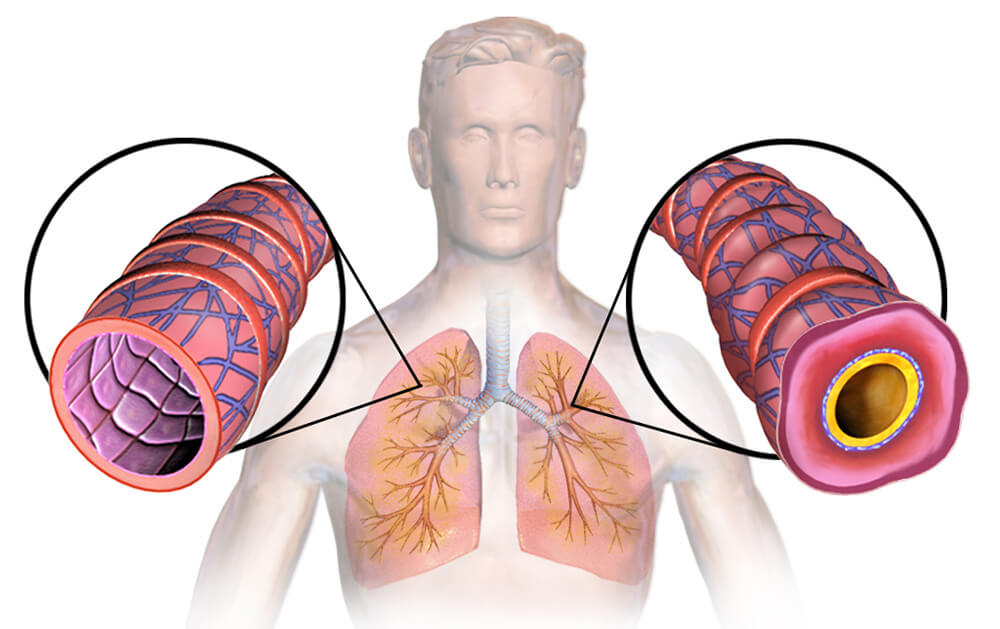 This diagram shows how salt therapy can open our airways, which can particularly helpful for asthma sufferers. Image source: Healovation
Even though you must follow strict asthma treatment prescribed by your doctor, salt room therapy can help you breathe better, all while reducing the painful symptoms.
This diagram shows how salt therapy can open our airways, which can particularly helpful for asthma sufferers. Image source: Healovation
Even though you must follow strict asthma treatment prescribed by your doctor, salt room therapy can help you breathe better, all while reducing the painful symptoms.
C) Clear Your Skin
Even if your skin is clear and healthy, we all have our fair share of dead skin cells. After a few sessions of salt room therapy, the dead skin cells naturally fall off, and the ‘good’ oil production is promoted. Even more so, long-term salt room therapy can help with a number of dermatological issues.D) Reduce Stress & Boost Energy
Even if you (hopefully) don’t have any health problems to deal with, sessions of salt room therapy are extremely relaxing and rejuvenating. Not only do your muscles become less tense and you feel your body unwinding, but you can also feel that you’re breathing deeper than you have in a long time. To conclude, both salt room therapy and alternatives like traditional or infrared saunas can be the helping hand you need when you feel that medication isn’t enough or stress is too much. In the UK, salt room therapy is readily available, as well as portable home saunas for when you don’t want to leave the house.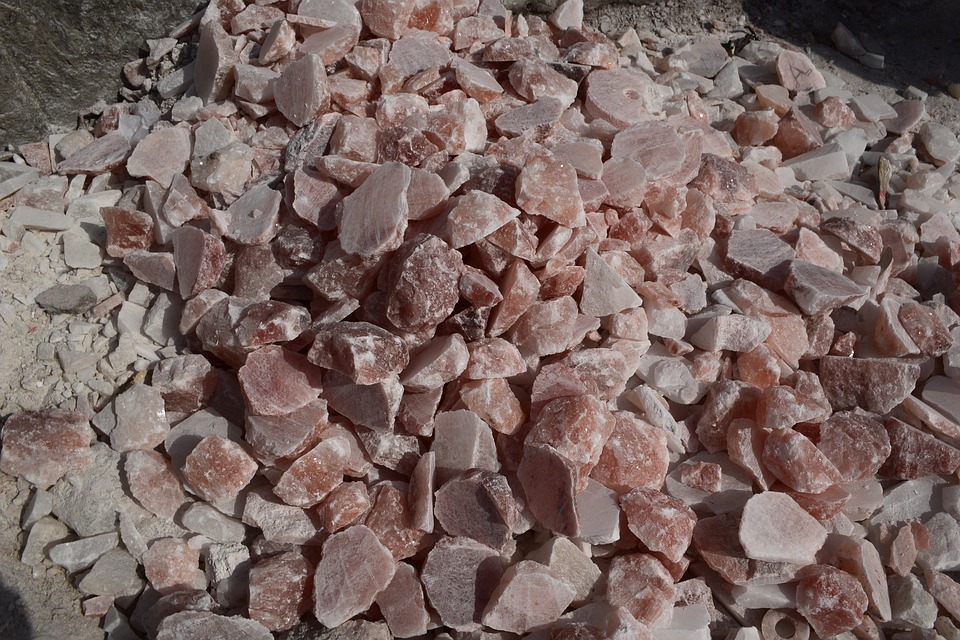
Frequently Asked Questions About Salt Therapy
How does salt therapy work?
Salt therapy works by filling the air with negatively charged ions. These negative charges help ions in the air attach to particulate matter like airborne pollen, helping to cleanse the air and allow easier breathing. High salt concentrations in the air can also clear your respiratory tract of mucus due to salt’s ability to absorb. Salt particles absorb mucus they come into contact with, allowing high build-ups of mucus to be more easily broken down. During illness, the cilia along the lining of the lungs can’t break mucus up fast enough and eventually get clogged, causing an increase in phlegm and respiratory problems. Due to its ability to break down mucus, regular treatments in salt saunas or salt rooms can be effective at treating health conditions such as cystic fibrosis in adults and teens. Those who suffer from cystic fibrosis often have a build up of mucus which allows for bacteria to breed and often requires treatment with antibiotics. Regular salt treatment has been shown to reduce the number of times adults need antibiotics across the year.Isn't salt meant to be bad for you?
Yes, and no. As with all things, balance is essential. Too much salt can lead to higher blood pressure, and as a result, a higher risk of strokes and heart attacks. However, to get to that level of salt, you generally have to take it in orally; by far the most common way we consume salt. The way our bodies absorb the salt means that it isn't a health risk like the salt in your food may be. It is, in fact, the opposite of a health risk. Image source: The Rock Spa
As we absorb the salt in salt caves through our skin, nose and mouth, the amounts we take in are significantly lower than the amount we'd consume with a portion of chips or a slice of pizza. Once inside us, too much salt in the stomach can prove to be detrimental, but salt entering our lungs and respiratory system can actually help fight mucus and kill bacteria.
The way our bodies absorb the salt means that it isn't a health risk like the salt in your food may be. It is, in fact, the opposite of a health risk. Image source: The Rock Spa
As we absorb the salt in salt caves through our skin, nose and mouth, the amounts we take in are significantly lower than the amount we'd consume with a portion of chips or a slice of pizza. Once inside us, too much salt in the stomach can prove to be detrimental, but salt entering our lungs and respiratory system can actually help fight mucus and kill bacteria.
Can salt therapy be harmful?
While salt cave benefits have been exploited for centuries, modern medicine is better able to understand what really happens during salt therapy. While many sufferers of conditions such as asthma and COPD champion the power of salt treatment to alleviate their symptoms, there are some issues to watch out for when using a salt room spa. In some cases, excessive salt may cause bronchoconstriction, a tightening of the lungs which can cause coughing. This is uncommon in salt therapy but it’s always highly recommended you talk to your doctor before using salt therapy a part of a treatment regime for any respiratory problems. Additionally, those who suffer from conditions like asthma should not under any circumstances replace their prescribed medicine with regular use of salt therapy. Halotherapy should always only be used to accompany prescribed medicines to help reduce the symptoms of your disease and stopping these medicines against the advice of your doctor can be dangerous. Aside from issues which could arise from these situations, salty air has no dangerous side effects and can be used by anybody.What's so special about Himalayan salt?
Himalayan salt mines in the Punjab region of modern Pakistan provide most of the salt sold around the world. The minute chemicals within the salt, such as magnesium, potassium and calcium, give it a pink tinge. Himalayan salt often coats the walls of salt treatment rooms and is also sold in Himalayan salt lamps which claim to improve the mood of users who spend time around them.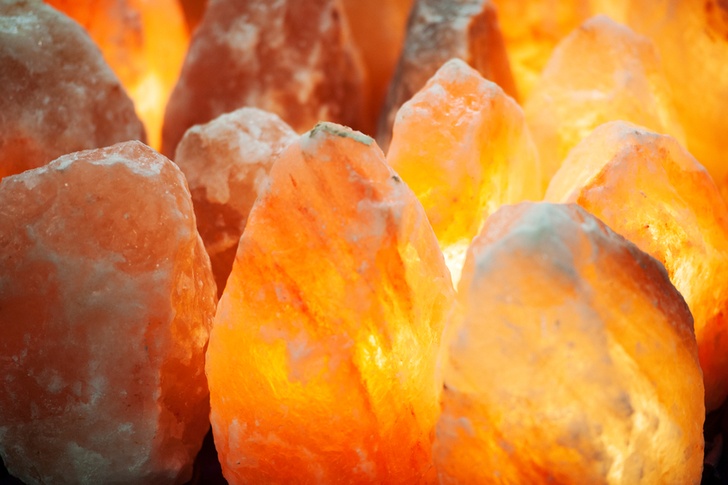 Himalayan salt lamps are said to create a relaxing atmosphere. Image source: Natural Living Ideas
Himalayan salt caves (typically rooms lined with salt bricks) have a similar effect to other salt therapy practices but Himalayan salt uses one of the most natural salts in the world. Even a single salt brick or tile can bring positive energy and healing effects to a home sauna set-up.
Himalayan salt lamps are said to create a relaxing atmosphere. Image source: Natural Living Ideas
Himalayan salt caves (typically rooms lined with salt bricks) have a similar effect to other salt therapy practices but Himalayan salt uses one of the most natural salts in the world. Even a single salt brick or tile can bring positive energy and healing effects to a home sauna set-up.



